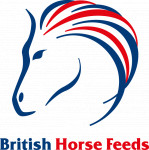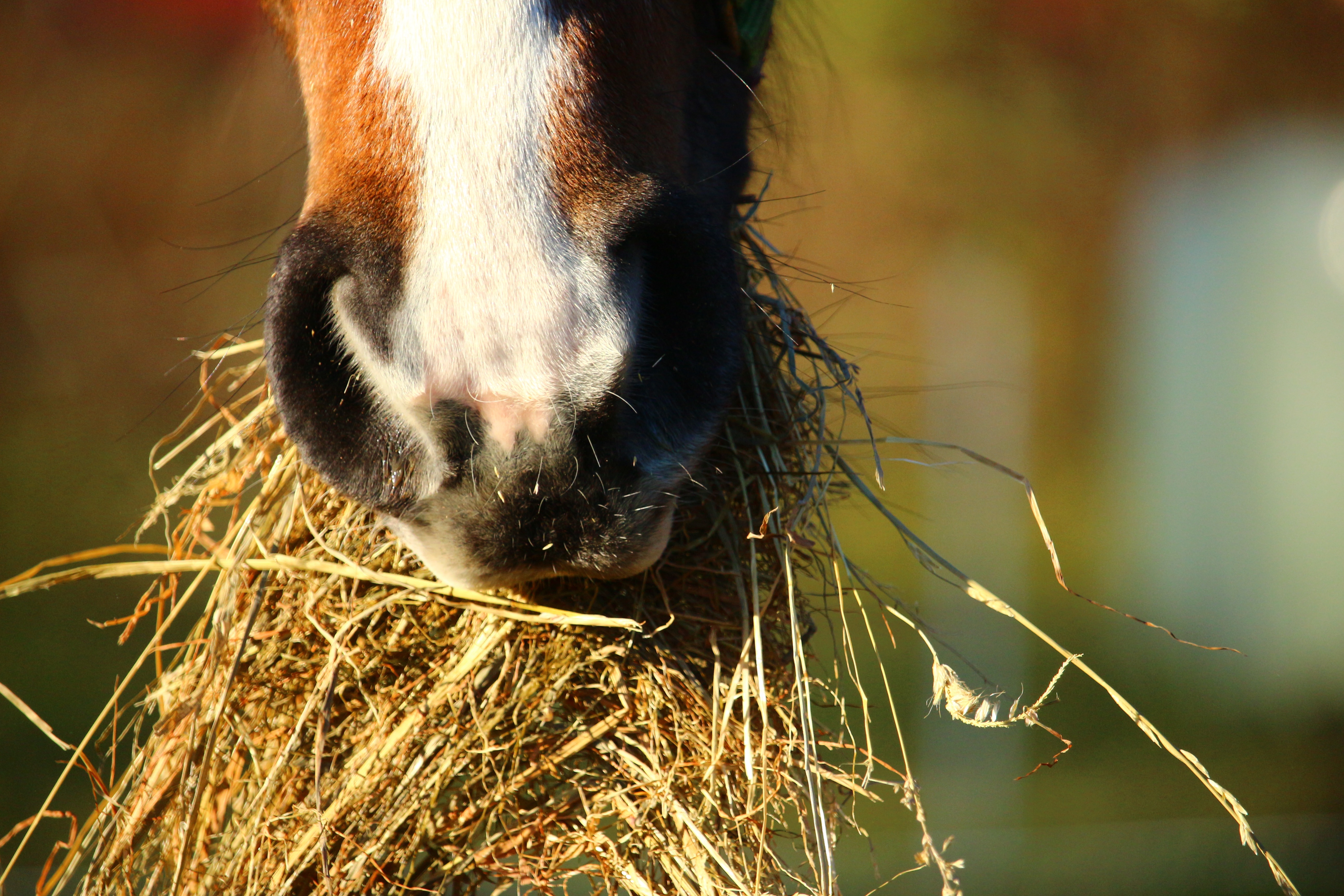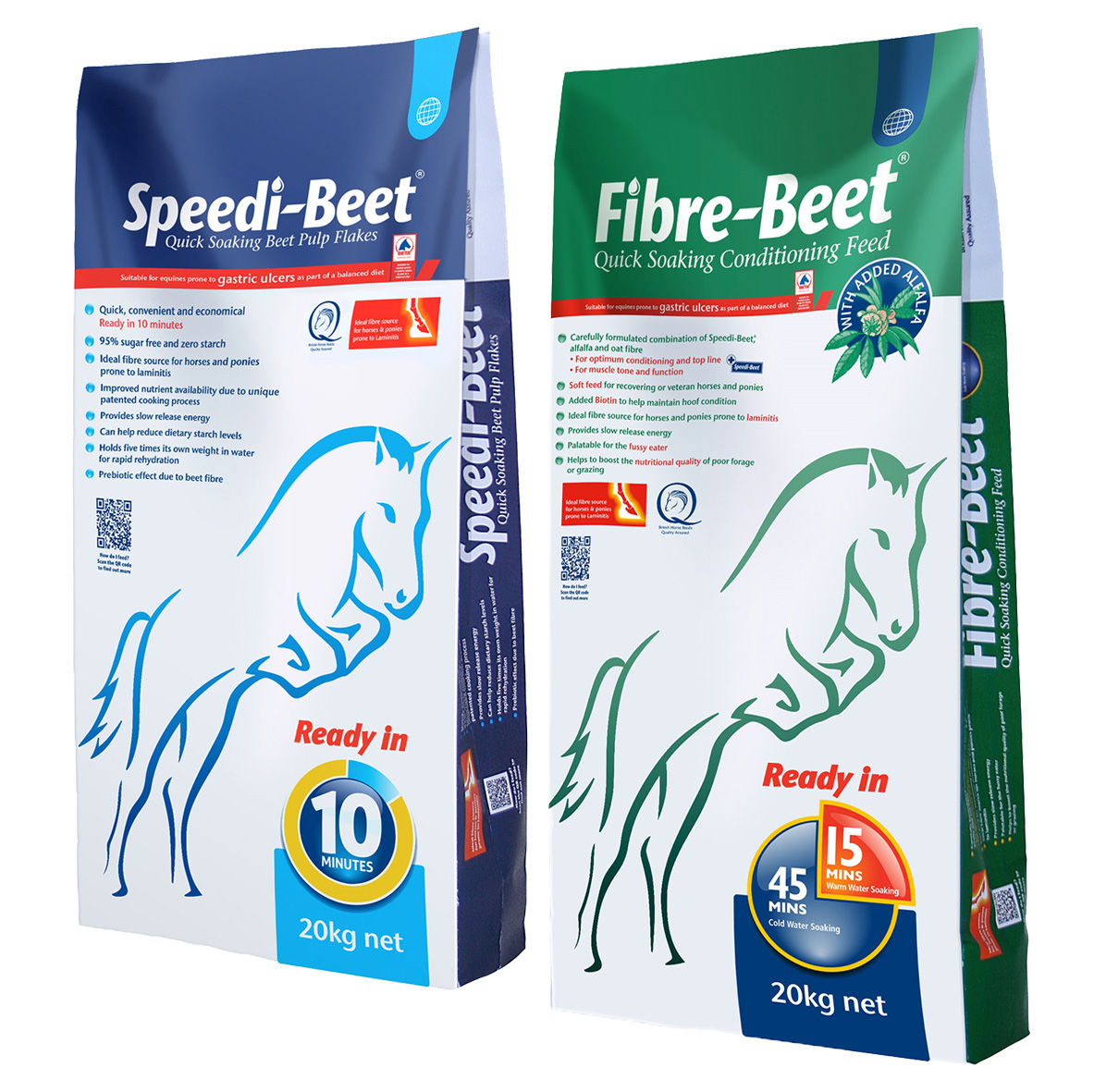Posted: 5th December 2019 | Back to news feed

Winter can truly be a difficult time for some horse owners; limited turnout, soggy paddocks, heavy rugs, frozen taps etc. and feeding our horses and ponies can get quite expensive, relying heavily on our valued feed brands. Here Dr Tom Shurlock, consultant nutritionist for British Horse Feeds, offers his advice on what owners can do for winter feeding on a budget.

- Feeding on a budget is not the same as feeding the cheapest feed you can find, but making the best use of available materials. The most cost-effective start to any feeding regime is to maximise the use of forage. Forage, whether grass, hay or haylage is the cheapest quality feed material available, but it may need to be balanced depending on season (winter e.g.) or lifestyle (stabling, turn-out, exercise).
- Feeding high protein feeds or balancers are not necessary, over and above the normal feeding regime. Some form of vitamin/trace element premix will be beneficial, but nutrient dense feeds would be an extravagance.
- Ideally you should go into winter on a feeding regime that has maintained condition over summer and autumn. As with winter, this is likely to be a high forage diet as hard feed is probably not necessary in large quantities unless intense activity is undergone; if activity is reduced over winter, reduce the hard feed to minimum quantities.
- Avoid high protein feeds. Protein is expensive and unnecessary; winter is a time for maintaining body temperature and extra energy may be needed.
- Allow for reduced feeding times - even under artificial lighting your horse will spend less time feeding. Increasing the energy concentration of the feed will help offset this. As said, a high energy hard feed, or extra oil, will supply this but may not be the most cost-effective method.
- Feeding super fibres, such as Speedi-Beet or Fibre-Beet is the best way to provide extra energy. Adjusting the amounts means energy levels can be adjusted to correlate with weather conditions. This can be done frequently without disrupting hindgut function (after initial introduction), as beet-based fibres have a prebiotic effect, and so help maintain those beneficial fibre fermenters.
- Make use of the prebiotic effect of beet products, such as Speedi-Beet and Fibre-Beet. Research has shown feeding alongside forage improves the energy release from the whole diet. A small increase in super fibres can produce effect larger than its numerical value. And when the weather gets cold, a warm mash will help keep the gut warm. Alongside offsetting a cold drink, this will help save the horse burning energy for body heat.
So, feeding a sensible, cost-effective diet, with increases and decreases in Speedi-Beet or Fibre-Beet, will help you keep up with the variability of the British winter.

For more information on Speedi-Beet or Fibre-Beet please contact British Horse Feeds on 01765 680300 or visit www.britishhorsefeeds.com.
The Equestrian Index newsfeed is compiled from articles submitted by advertising members and expresses the opinions of those members. Watsons Directories Ltd shall not be held liable for any inaccuracies or mis-statements therein.